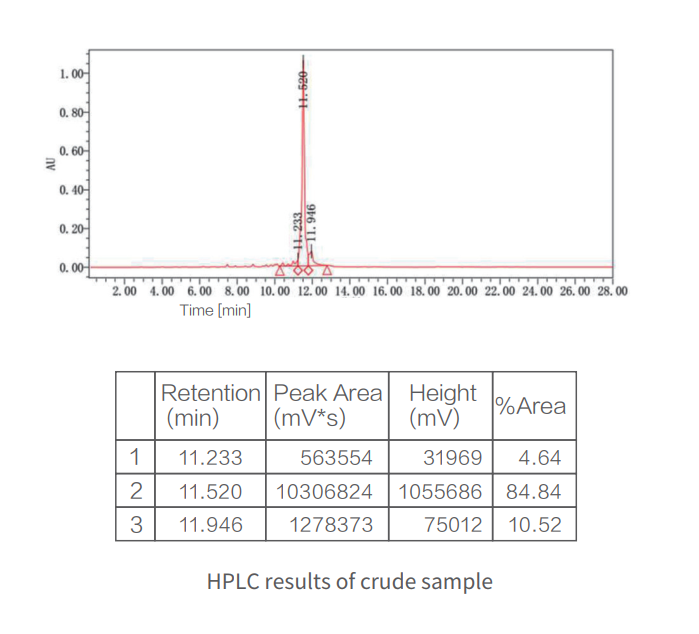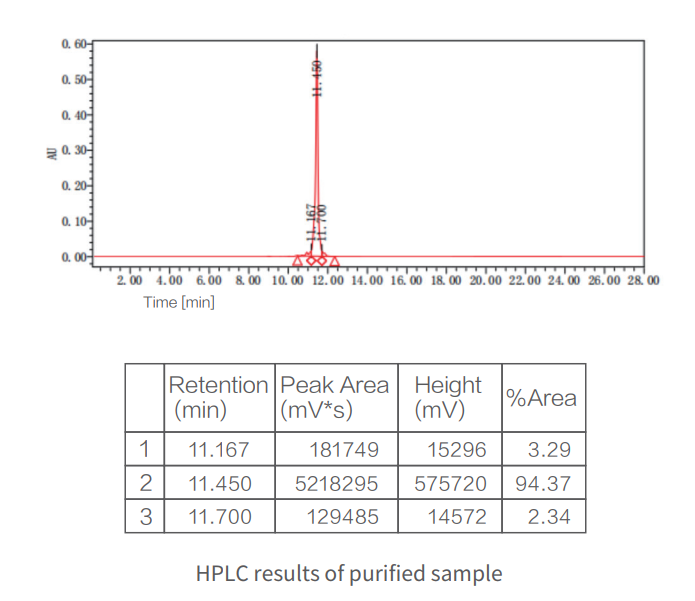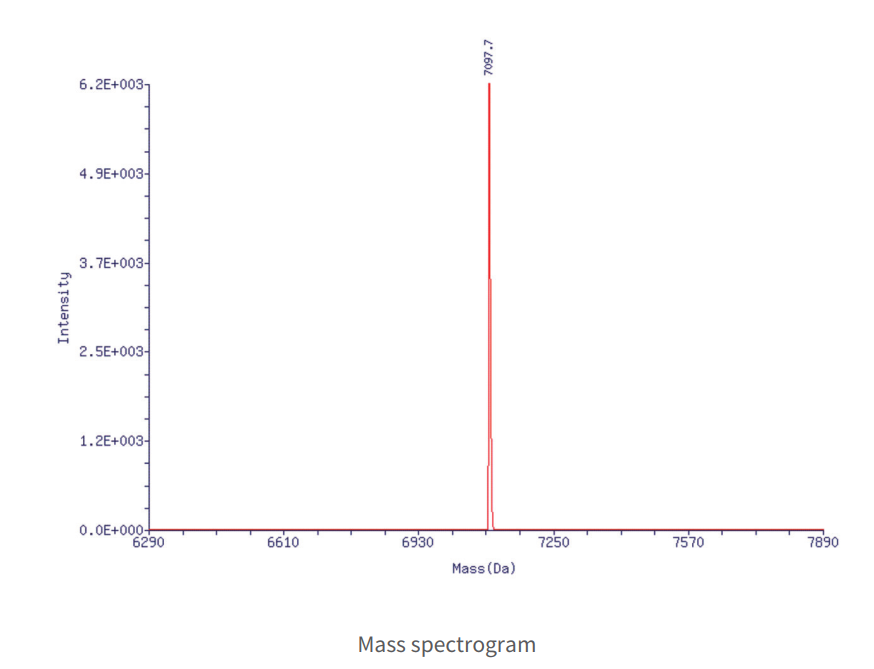

In 2020, the success of mRNA vaccines has made nucleic acid drugs a hot track in the pharmaceutical industry, drawing widespread attention to small nucleic acid drugs, which are also part of the nucleic acid drug category. In fact, small nucleic acid drugs were already on the market as early as 1998. To date, a total of 15 small nucleic acid drugs have received FDA approval (two ASO drugs and one aptamer drug have been withdrawn from the market due to low sales). According to statistics, from 2016 to 2021, the global market for small nucleic acid drugs has grown from $10 million to $3.25 billion, with a compound annual growth rate of 217.8%, demonstrating tremendous growth potential.
Both mRNA and small nucleic acid drugs are part of nucleic acid drugs, their production processes are quite different. mRNA are usually of high molecule weight, up to thousands of nucleotides, and are currently prepared by in vitro transcription (IVT) using linearized plasmids as templates. Small nucleic acid drugs mainly include antisense oligonucleotides (ASO), small interfering RNA (siRNA), microRNA (miRNA), small activating RNA (saRNA), messenger RNA (mRNA), and RNA aptamer, which are generally less than 100 nt, usually in 20-30 nt. The Current preparation process is still dominated by solid-phase synthesis process.
Oligonucleotide synthesis is a multi-step continuous reaction, with each cycle comprising four main reactions: detritylation, coupling, oxidation (O or S), and capping. Each cycle adds one nucleotide monomer, and it is important to minimize side reactions during the synthesis process; otherwise, the yield of the target product may be low, and purification can be very challenging. Therefore, the synthesis efficiency and the number of cycles (monomers) directly determine the final product's purity and yield.
For example, when synthesizing an oligonucleotide with 30 bases, at an efficiency of 99.0% for each synthesis step, the calculated final yield is 74.72%. However, if the single-step yield drops to 98.0%, the final yield will decrease to 55.66%. Similarly, with a single-step efficiency of 99.0%, the yield of a 10-mer oligonucleotide can reach 91.35%, while a 100-mer oligonucleotide can only achieve 36.97%. Therefore, solid-phase synthesis processes typically target oligonucleotides with less than 100 monomers, and exceeding 60 monomers is already quite challenging.
The key to solid-phase oligonucleotide synthesis includes the quality of reagents and monomers used, synthesis process parameters, and the equipment used. In the early stages of nucleic acid drug development, Inscinstech identified the market demand for large-scale nucleic acid synthesis instruments and, based on its proprietary plunger pump technology and research on oligonucleotide synthesis processes, launched the Unique AutoOligo series in September 2021. The product line includes AutoOligo25, AutoOligo100, AutoOligo150, and the pilot-scale AutoOligo600, with synthesis scales ranging from 10 μmol to 50 mmol. The products have been widely used in the synthesis of DNA, RNA, and various modified oligonucleotides, successfully applied to the synthesis of oligonucleotides as long as 85 bases.
Purpose
Systhesis of a 63mer ssDNA,174μmol with final purity >95%
Environment
Room temperature 25℃,humidity 60%
Materials and instruments
Synthesizer: Unique AutoOligo100®
Mass spectrometer: ThermoFisherLTQ
HPLC: L-1000HPLC (Inscinstech)
Purifier: Unique AutoPure100(Inscinstech)
6.3ml oligo column
Solid support: Nitto H09002
Monomer: A, C, G, T
Results
The purity of product after synthesis is 46.3%, after one step RP chromatography the purity reached 97.8%

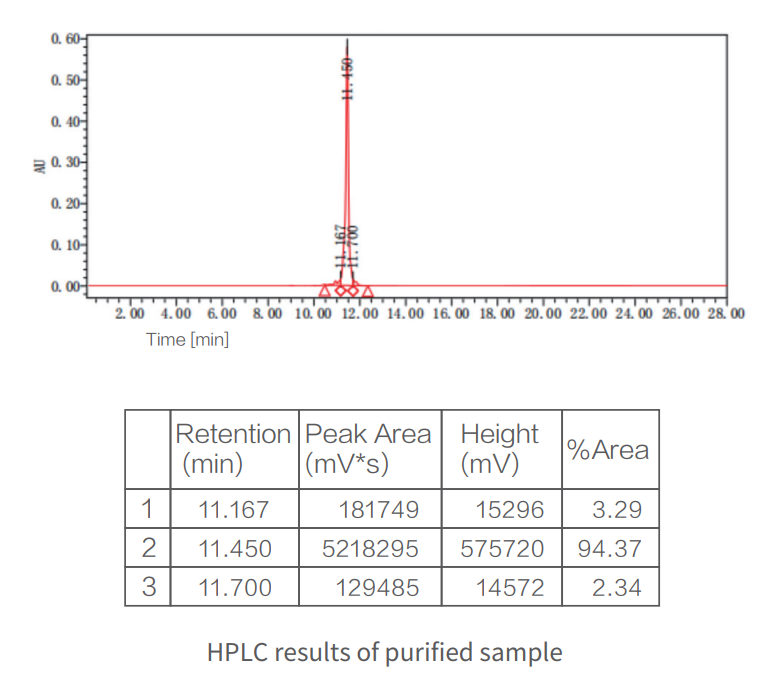
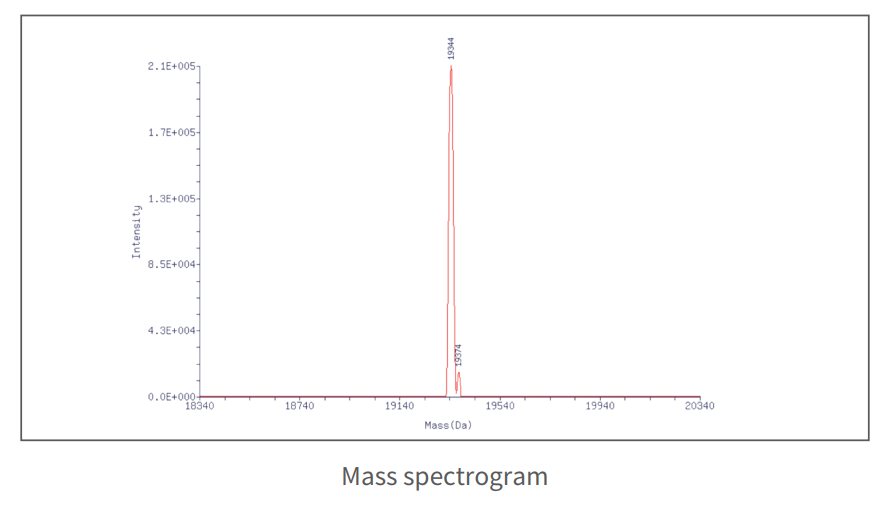
Purpose
Synthesis of a RNA 76mer, 70μmol
Instrument
Unique AutoOligo100®, Inscinstech
Results
The purity of crude product is 69.61%, after one step purification, the purity increased to 93.93%
